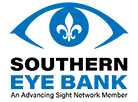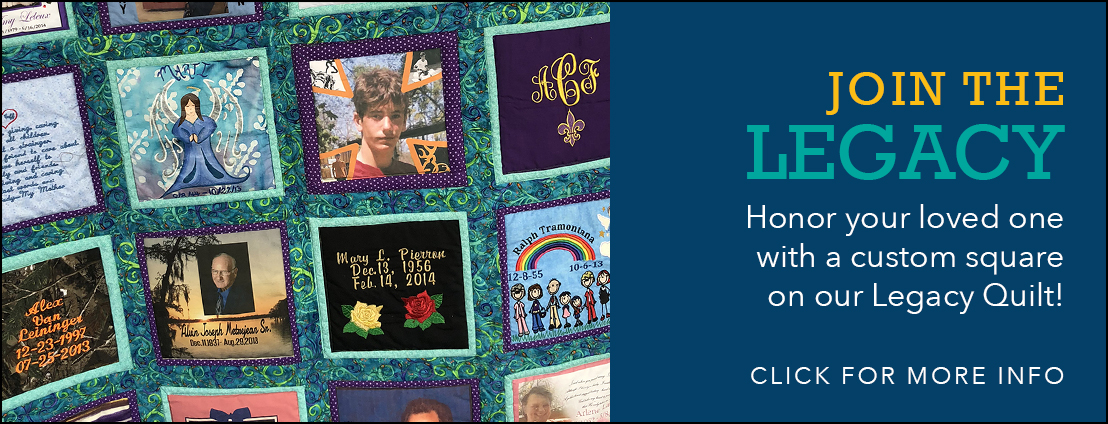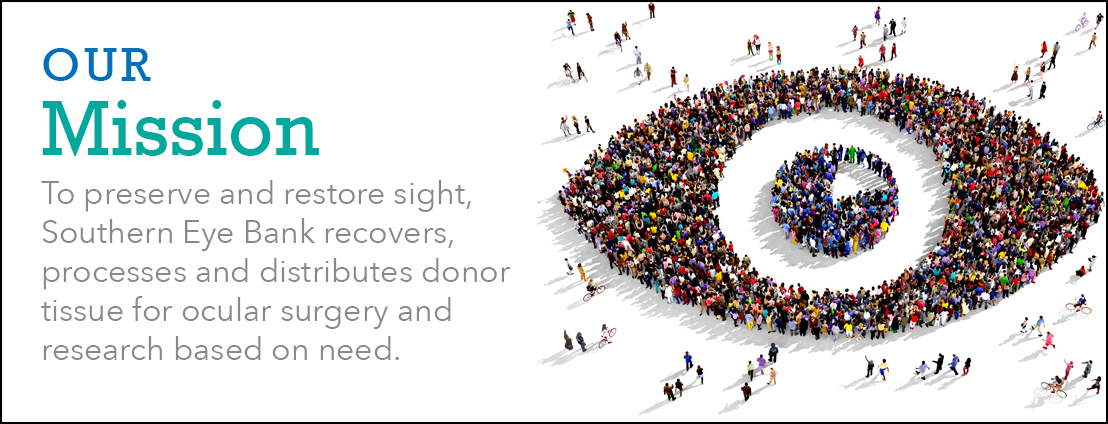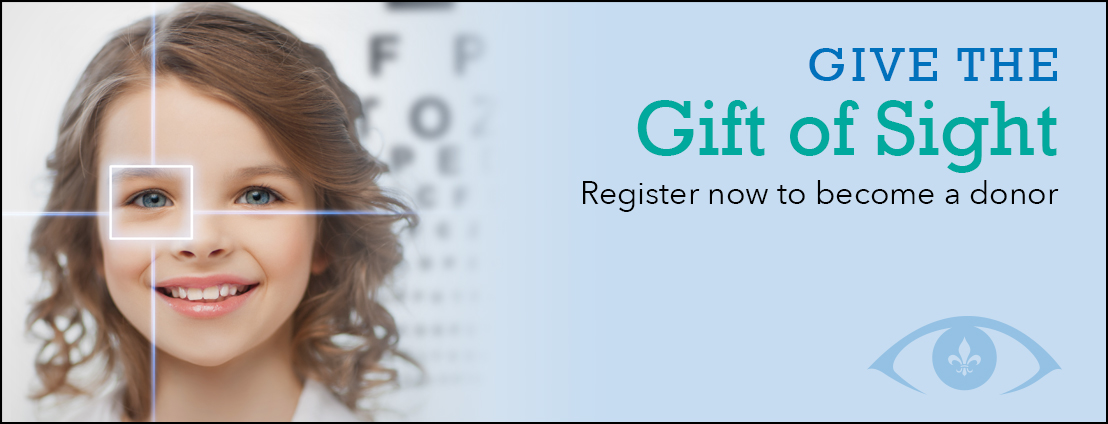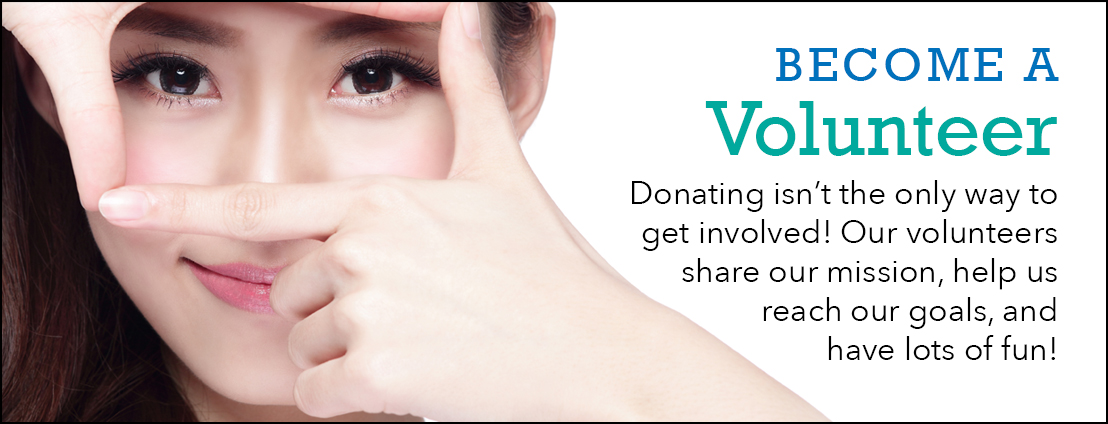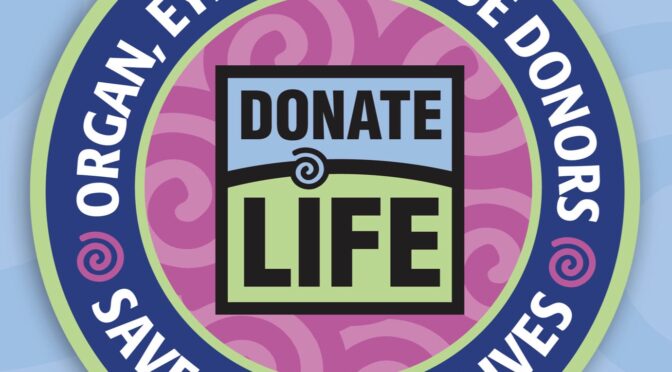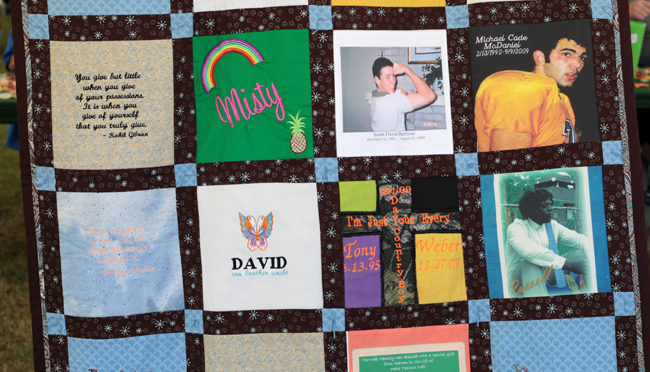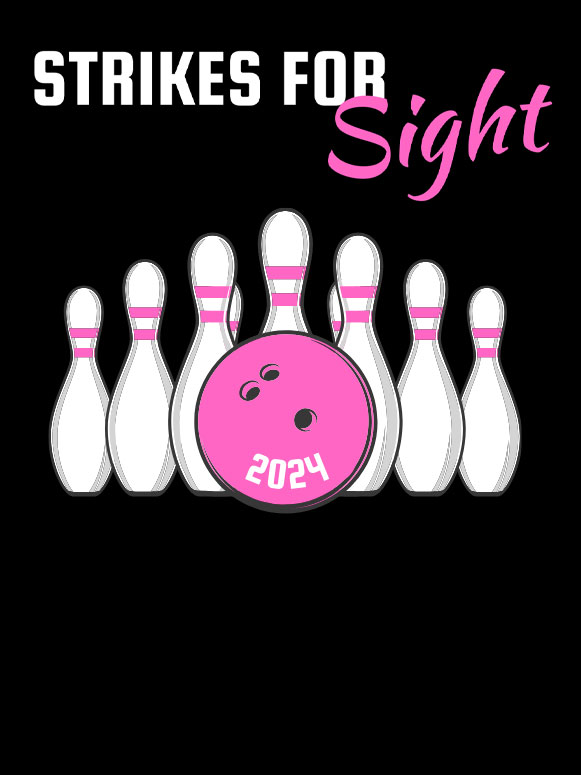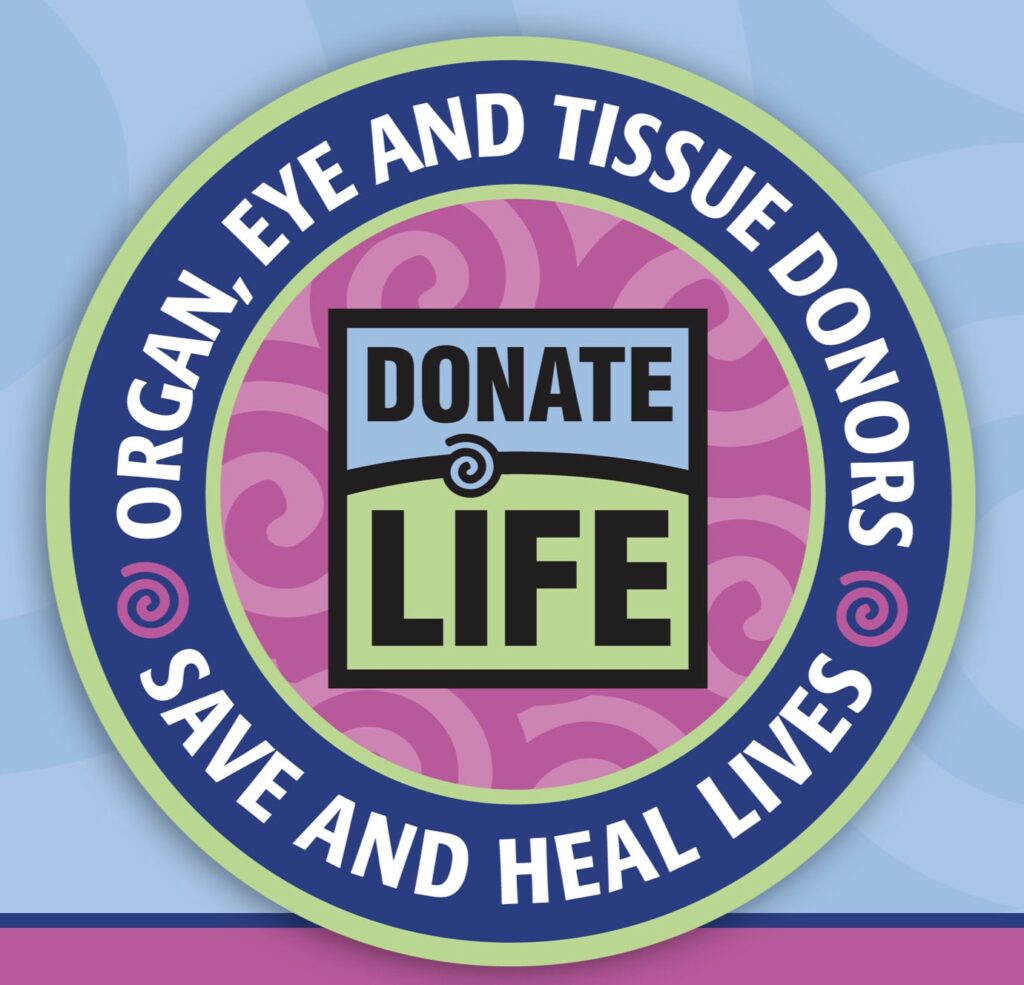
Either at your local DMV or online, registering as an organ donor is easy.
When you sign up to be an organ donor, you can change lives for the better. Plus, it’s fast and easy. Here are all the ways you can do it if you live in Louisiana.
Online
- The Louisiana Organ Procurement Agency (LOPA) is federally mandated to manage Louisiana’s organ recovery and allocation program. The non-profit agency focuses on educating the medical community and the general public about organ and tissue donation issues, works with families through the donation process, recovers donated organs and tissue, and places the organs and tissue for transplant. You can join the Louisiana Donor Registry online through the LOPA website.
- Another place you can register online is through DMV.org (it’s also a treasure trove of general facts about organ donation, debunking donation myths, and local resources).
- The Donate Life Louisiana website also contains many resources and the Louisiana Donor Registry website.
In Person
You can register to become an organ donor in person at your local LA OMV office. Just let the person processing your application know that you want to register as an organ donor. This works both to applying for and renewing your driver’s license.
By Phone
No access to the computer or can’t travel to a DMV? No problem. You can call LOPA toll-free at 1-800-521-4483 to join the organ donor database for the state of Louisiana.
Taking It to the National Level
Not in LA or moving out of state soon? The national registry database Organize.org will let you update/change your organ donor status and carry your registration from state to state. If you are not in Louisiana (or soon won’t be), you can also register for organ donation here.
About Organ Donation in Louisiana
You can find a ton more information about organ donation in LA at the resources mentioned above, but here are a quick few facts:
- Your registration is legally binding. Per Louisiana’s Anatomical Gift Act, Louisiana is a first-person consent registry state, which means that your decision about donating is legally binding. That’s why it’s important to discuss your wishes with your family to ensure everyone is informed and on the same page.
- Parental consent may be needed. There are no age limitations on who can participate in the organ donation program in Louisiana, but parental consent is required for minors under 18.
- You or your family won’t pay any donation expenses. There are no fees for signing up to be an organ donor, and your family won’t be responsible for paying any medical costs related to your donation. The organ transplant program will pay all donation expenses.
- Some common misconceptions about organ donation:
- Organ donation is not compatible with timely funeral arrangements or certain funeral rites. In fact, organ donation will not interfere with funeral and burial arrangements. Organ donation is permissible among all major world religions.
- Organ donation may necessitate a closed casket funeral. Organ donation does not disfigure the body.
Do you have any questions about organ donation? We’re happy to help! Contact us anytime at sebinfo@southerneyebank.org, or to learn more about how to sign up for organ donation and save lives.
